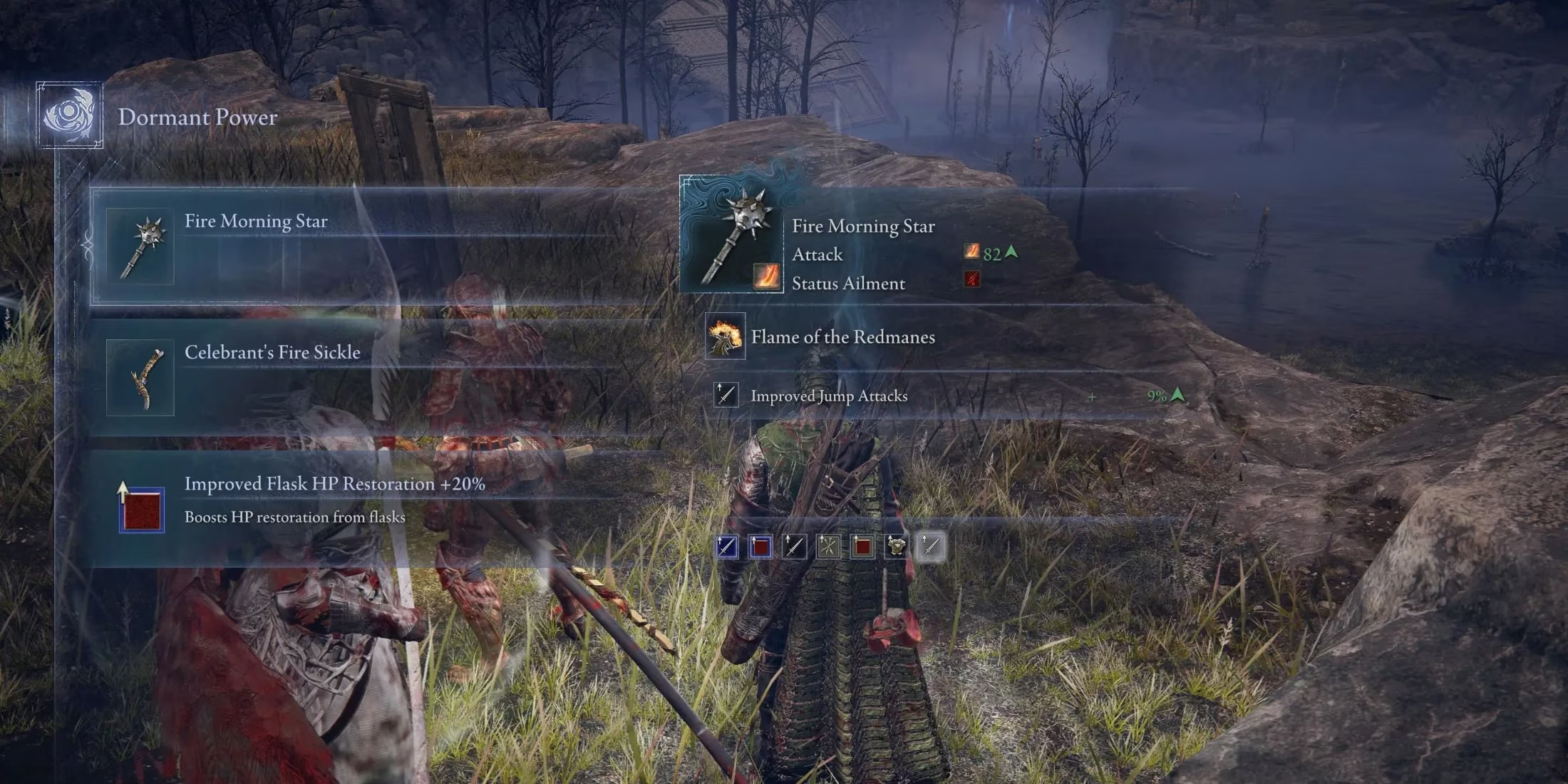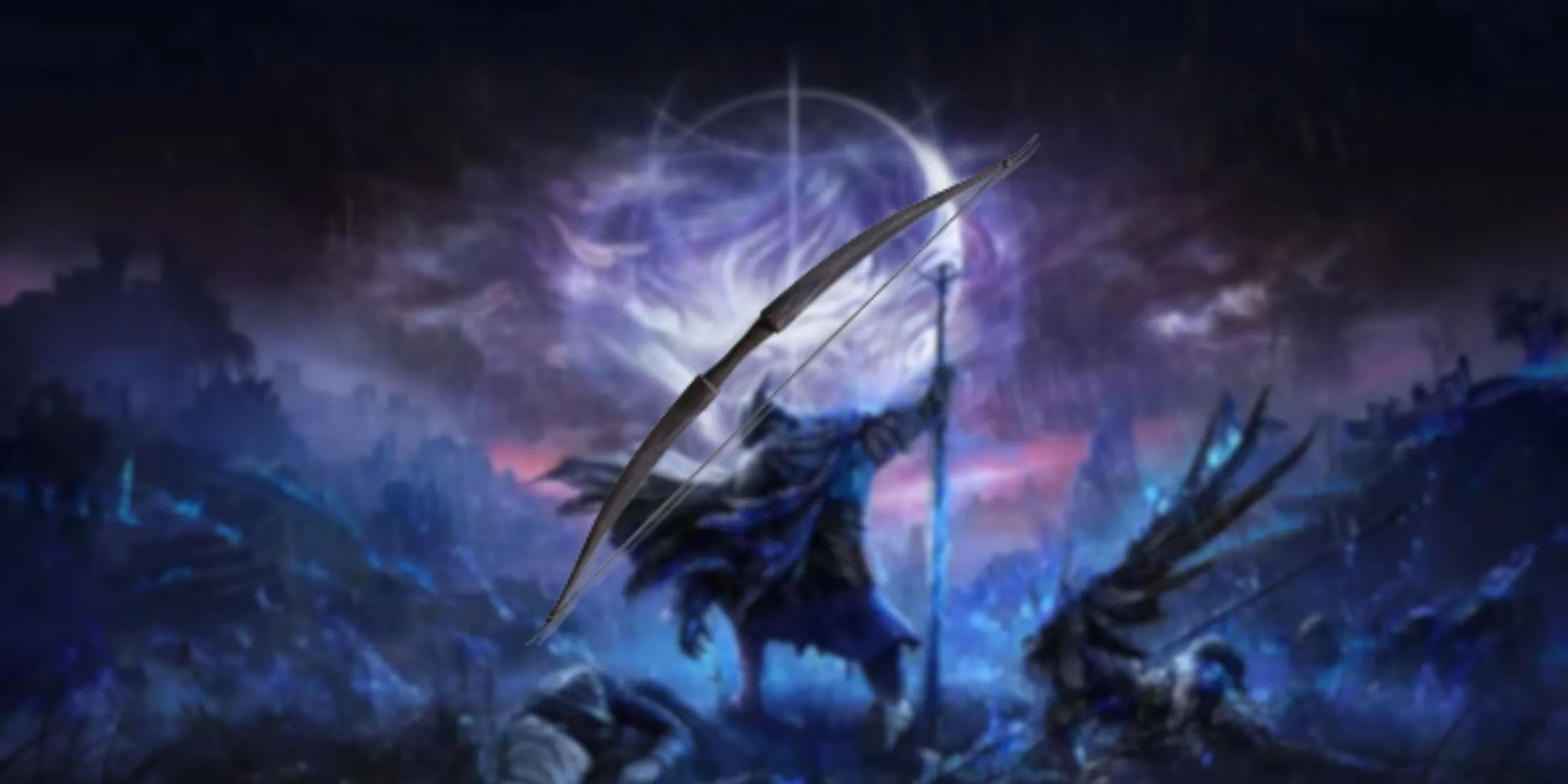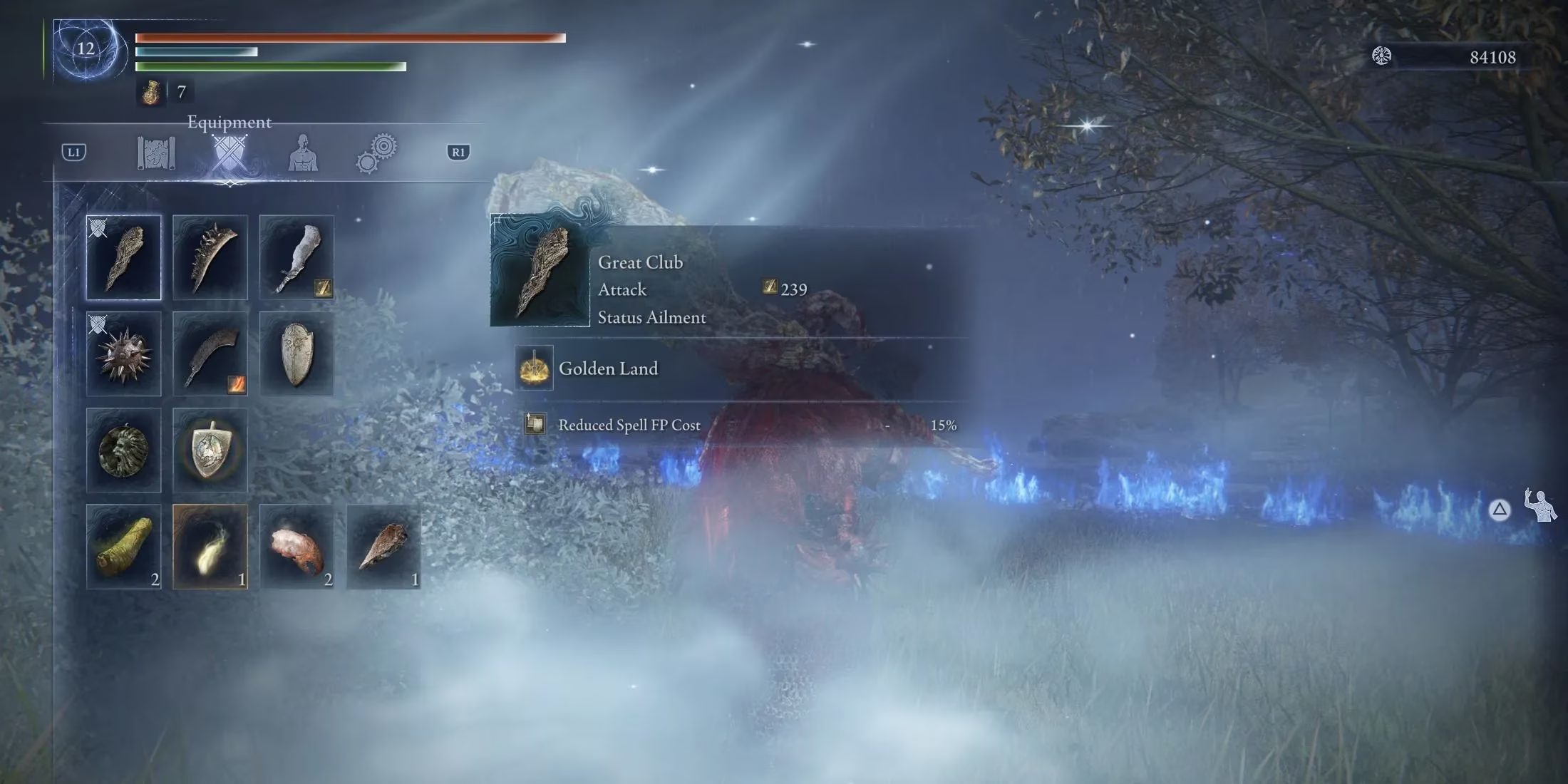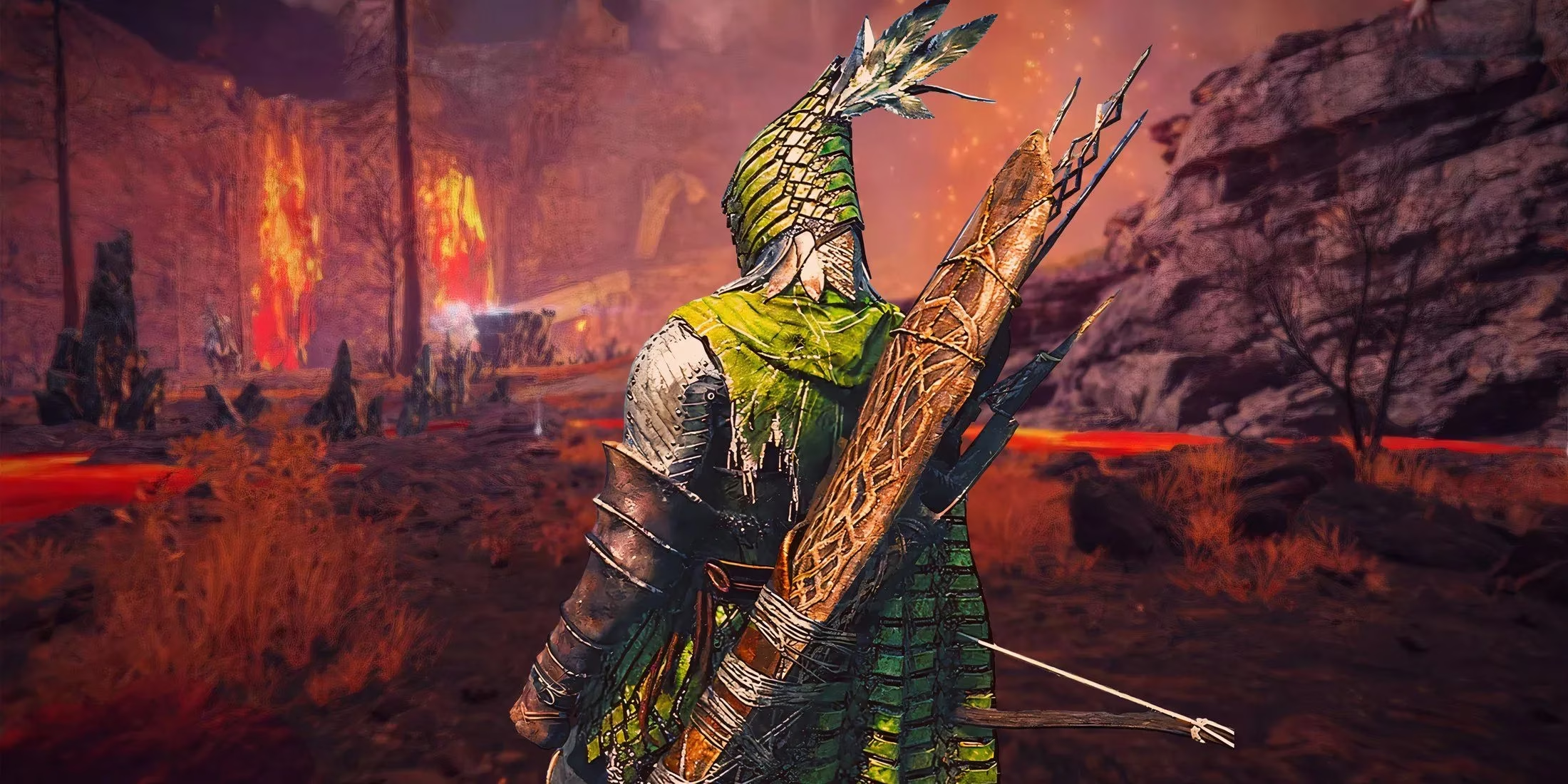In the unforgiving realms of Elden Ring Nightreign, strategic weapon selection transcends mere damage output. Players meticulously curate arsenals featuring up to six simultaneously equipped weapons, each contributing passive abilities that dramatically alter survival odds and combat efficiency. This intricate system demands constant adaptation, as certain enhancements prove universally valuable across all classes while others synergize with specific playstyles. The meta continuously evolves, but several core passives consistently emerge as game-changers during intense Nightreign encounters.

Sustained vitality preservation stands paramount in prolonged engagements. Certain armaments bestow regenerative properties, granting fractional health restoration whenever any adversary falls nearby. This incremental healing frequently determines survival during chaotic multi-enemy skirmishes or boss transitions. Though seemingly modest, these accumulated fragments of vitality often bridge the gap between resurrection and triumph. Multiple weapon variants carry this life-sustaining trait, making them priority acquisitions regardless of specialization.
Elemental exploitation forms another critical tactical layer. Each major Nightreign adversary exhibits specific vulnerabilities, like Sentient Pest's crippling weakness to fire. Before plunging into new territories, astute warriors scrutinize environmental icons hinting at required damage types. Matching weapon elements to imminent threats transforms arduous battles into manageable encounters.

For aggressive melee specialists, stance disruption enhancements prove invaluable. Two-handed or dual-wielding combatants particularly benefit from passives amplifying posture damage. Such properties enable faster critical openings against resilient Nightreign lords, effectively shortening dangerous combat phases. Several distinctive blades inherently possess these shattering capabilities, rewarding calculated heavy-attack strategies.
Charged attacks and spells carry inherent vulnerability windows that often prove fatal. Certain armaments mitigate this risk by providing damage reduction during execution animations. This shielding effect proves indispensable for mages channeling devastating incantations or archers drawing powerful shots. The protective quality transforms high-risk maneuvers into viable tactical options.

Arcane practitioners frequently employ subtle manipulation of enemy aggression. Passives reducing caster visibility effectively redirect foes toward sturdier allies, creating essential breathing room for fragile Revenants and Recluses. This indirect survivability tool fundamentally alters party dynamics, enabling specialized roles within coordinated groups.
Temporal efficiency manifests through diminished spellcasting durations. Though individual reductions appear minor, compounded casting speed accelerates damage throughput and emergency revival potential. This becomes particularly noticeable during frantic attempts to resurrect fallen comrades mid-battle, where milliseconds determine mission success.
Resource conservation governs sustained magical onslaughts. Reduced Focus Point consumption permeates numerous armaments, essentially expanding players' mana reservoirs. This economical approach permits additional spell cycles before requiring risky retreats, gradually overwhelming resistant Night Lords through attrition.

Raw damage amplification remains deceptively potent despite its apparent simplicity. Passives boosting attack power during two-handed stances significantly empower physical-focused builds like Wylders and Iron Eyes. When exploiting elemental weaknesses, these percentage-based enhancements exponentially increase damage potential, particularly against staggered adversaries.
Legendary armaments represent the pinnacle of passive potency, though their scarcity demands strategic distribution. Artifacts like the Grafted Blade Greatsword contain near-broken properties that redefine combat paradigms when aligned with compatible classes. Such treasures necessitate cooperative sharing among parties, as their transformative effects often better suit teammates' specializations.

The delicate interplay between offensive pressure and defensive sustainability continues to challenge Nightreign veterans. With countless passive combinations influencing party dynamics and solo viability, the eternal question persists: Will future metas prioritize specialized loadouts or versatile adaptability against the Lands Between's ever-shifting threats?
